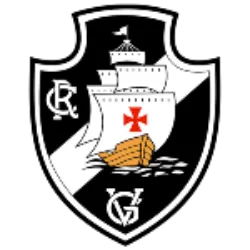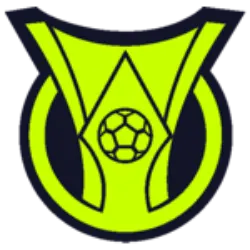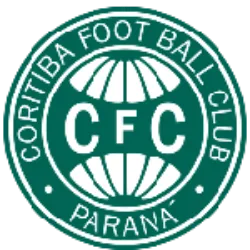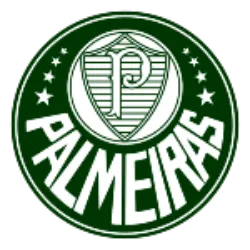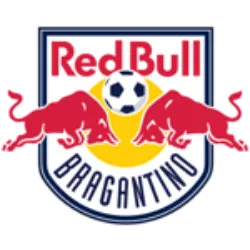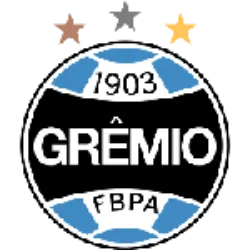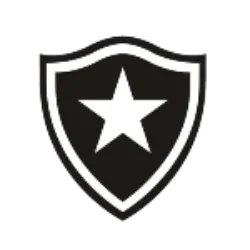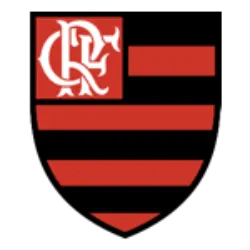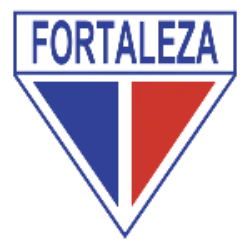A faixa diagonal na camisa vascaína significa o caminho para as Índias
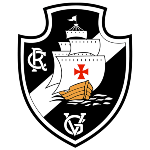
A faixa diagonal na camisa vascaína significa o caminho para as Índias, descoberto pelo navegador Vasco da Gama. Também começou como clube de remo: 58 amigos se uniram para participar da grande regata de 1898, ano da Comemoração do IV Centenário da Descoberta do Caminho Marítimo para as Índias. Em sua estreia no futebol, dia 3 de maio de 1916, o Vasco levou uma impiedosa goleada de 10 x 0 contra o Paladino F.C..
Vasco's first coat of arms was created in 1903

Vasco's first coat of arms was created in 1903. It was round, with a black background, with the caravel in the center. On the black background, the initials C and R, plus Vasco da Gama, separated by 6 crosses of Christ. Only in the 1920s did the club adopt the current shield. Vasco accepted blacks, mulattos, clerks and merchants into its membership, people who were not admitted to other football clubs.
Test yourself with one of these challenges 👇
Discover some interesting facts about CR Vasco da gama
When the team started to beat the big ones

When the team started to beat the big ones, the other clubs joined and tried to apply a coup. They prohibited illiterate people from participating in the games. Vasco had to hire teachers to teach most of its players how to write the names to fill in the score sheet. Vasco was one of the first Brazilian teams to pay wages to its players, thus being able to count on low-income people on the team. This was only possible in the 1920s because the players were registered as employees of Portuguese warehouses installed in Rio de Janeiro, fans of the team, since, as it was still an amateur sport, it was forbidden to pay salaries to football players.
Vasco's first football uniform was black shirts with white collars and cuffs

Vasco's first football uniform was black shirts with white collars and cuffs, with the Cross of Christ on the chest, like the Portuguese national team that was in Rio de Janeiro in 1913 and the Lusitânia with which Vasco merged . In the 1930s, the black shirt with a white stripe and the Maltese Cross on the chest appeared, although the original was used until 1945. The new uniform was created by Uruguayan coach Ondino Vieira, who liked to change club uniforms for where it went.
Vasco also made the first big marketing move in Brazilian football

Vasco also made the first big marketing move in Brazilian football. In 1925, wine producers from Rio Grande do Sul intended to enter the carioca market and defeat the imported ones. As most of the Portuguese, the biggest consumers of the drink, were from Basque, the producers decided to pay for the hiring and wages of the striker from Rio Grande do Sul, Luiz Carvalho. It worked. Carvalho was a success in the field and had his image associated with the wines of Rio Grande do Sul.
There is a legend involving Bernardo Gandulla

There is a legend involving Bernardo Gandulla, a player for Vasco in the 1939 Carioca Championship, which explains the origin of the term “gandula”. It is said that he, coming from Argentina, took a month to get his registration for the championship. During this period, the winger was on the edge of the field, replacing the ball for teammates and opponents. When the role was made official by the Liga Carioca de Futebol, the following year, the idea of creating the term “gandula” in his honor came up.
The famous Expresso da Vitória

The famous Expresso da Vitória, as Vasco came to be called between 1947 and 1952, formed with Barbosa, Augusto and Rafanelli; Eli, Danilo and Jorge; Djalma, Maneca, Friaça, Lelé and Chico. In 1948, Expresso do Vasco was champion of South American champions, in Chile. This team was the basis of the Brazilian National Team in 1950. In 1970, Danuza Leão modernized the uniform, placing friezes on the shirts and shorts. In 1969, Vasco conceded Pelé's 1,000th goal. In 2007, it was for Vasco that Romário scored his thousandth goal.
Test yourself with one of these challenges 👇
HOME
